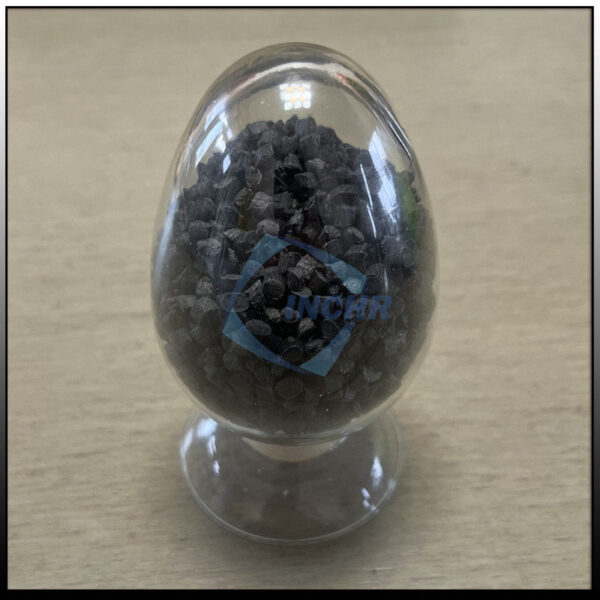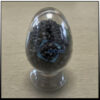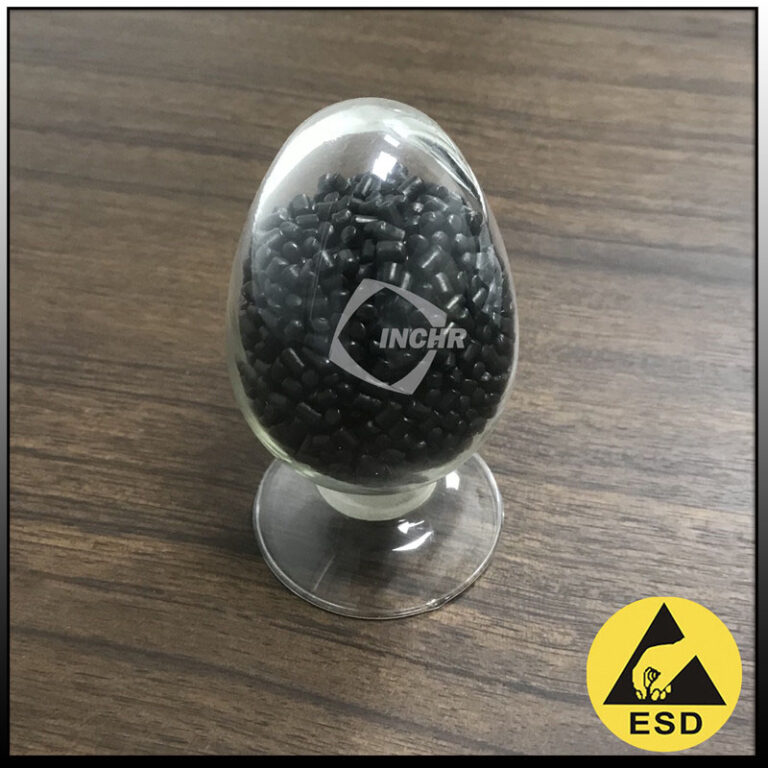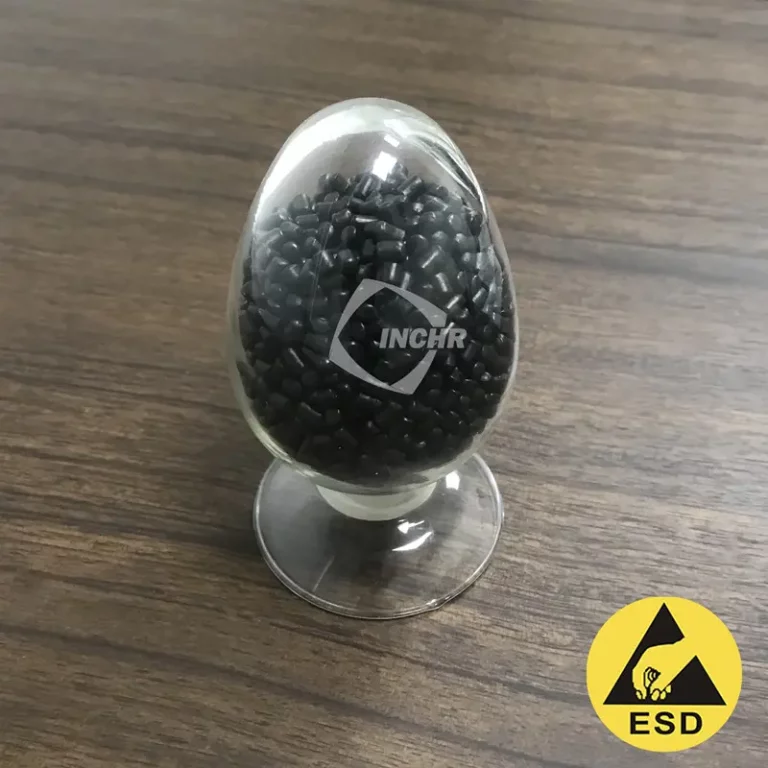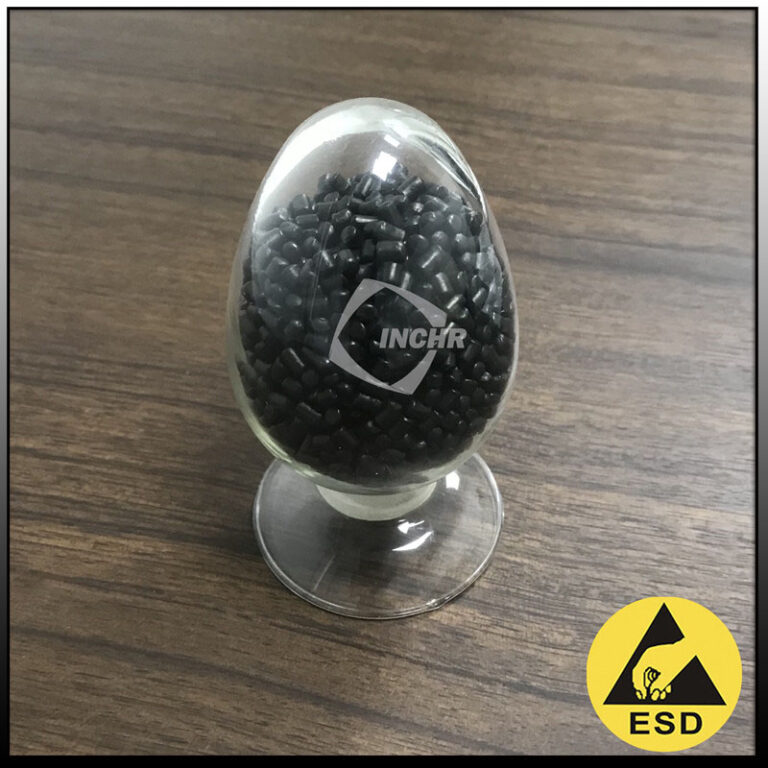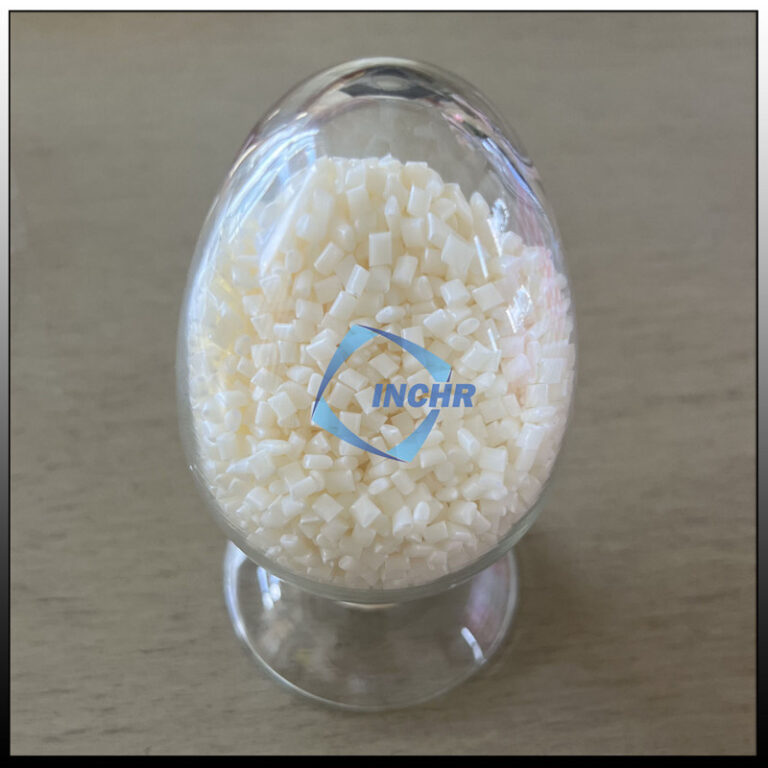 Introduction Of Carbon Fiber Reinforced Thermoplastic
Introduction Of Carbon Fiber Reinforced Thermoplastic
Polypropylene is a polymer material with cost-effective, excellent performance, and a wide range of usages. Through carbon fiber reinforcement, the strength, heat distortion temperature, and dimensional stability of polypropylene can be improved. PP Carbon fiber reinforced thermoplastic is made of carbon fiber treated with epoxy coating and polypropylene resin. We mix the polypropylene resin, toughening agent, antioxidant, compatibilizer, lubricant, light stabilizer, and modified fiber evenly, put it into a flat vulcanizer, heat it up to 140°C, and keep it warm for 1 hour under a pressure of 12MPa. Raise the temperature to 240°C, keep it warm for 1 hour, then cool it to 90°C and release the pressure. After taking it out, cool it to room temperature to form the carbon fiber reinforced polypropylene. Its advantages are lightweight, high tensile strength, solidity, high strength, low density, good dimensional stability, creep resistance, heat resistance, grease resistance, and good lubricity.
Applications Of Carbon Fiber Reinforced Thermoplastic
PP Carbon fiber reinforced thermoplastic can be used in automobiles, electronics, medicine, and other fields. In the automotive field, with the development of new energy vehicles and the trend of lightweight vehicles, carbon fiber reinforced thermoplastics are increasingly used in the automotive field. The lower density meets the needs of lightweight vehicles and can be used to make extremely light components, safely replacing aluminum and magnesium without losing steel and strength, and being electrically conductive. The compound can be used to produce automotive structural components such as car bodies, chassis, and powertrains. Carbon fiber reinforced thermoplastic has high mechanical properties and can be used in automotive parts such as automotive auxiliary instrument assemblies. In the electronics field, it is used in high-strength, lightweight electronic equipment casings, circuit board brackets, and radiators. It has good thermal conductivity so It can manufacture parts with high precision requirements to meet the needs of electronic equipment. In the medical field, PP carbon fiber reinforced thermoplastic has the advantages of light-weight, thermal shock resistance, and corrosion resistance, It performs well in providing the necessary mechanical support and load capacity and can effectively replace the function of human bones.
Injection Molding Grade And Extrusion Molding Grade
Injection molding and extrusion molding of carbon fiber reinforced thermoplastics are two common processing methods. Injection molding is heating and melting the carbon fiber reinforced thermoplastic, then injecting it into the mold through an injection molding machine, and then cooling and shaping it to obtain the product. Characteristics of this process include:
- Can manufacture products with complex shapes.
- Able to achieve high-precision molding.
- High production efficiency.
Extrusion molding is to heat and melt the compounds in an extruder, and then extrude them through a die. Mainly used for 3D printing filaments. Its characteristics are:
- Suitable for continuous production.
- Can produce products with larger cross-sections.
- The cost is relatively low.
 Processing Precautions Of PP Carbon Fiber Reinforced Thermoplastic
Processing Precautions Of PP Carbon Fiber Reinforced Thermoplastic
- Temperature control: Reasonably control the processing temperature. Generally speaking, the processing temperature should be higher than that of ordinary PP plastics, but not too high to avoid the decomposition of plastics or carbonization of PP carbon fiber reinforced thermoplastics, which will cause the performance of the material to deteriorate. Different equipment and processes may require different temperature settings, which need to be adjusted according to actual conditions.
- Injection speed: Appropriately control the injection speed. Too fast an injection speed may cause defects such as flow marks and bubbles in the product, while too slow an injection speed may affect production efficiency.
- Holding pressure and time: Set appropriate holding pressure and time to ensure the dimensional stability and density of the product. Too high a holding pressure may cause increased stress in the product, and too long a holding time may affect production efficiency.

